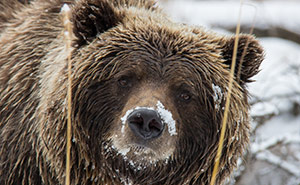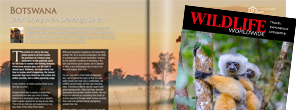Founded in 1897, and named after the Canadian geologist who explored and mapped the region a decade earlier, the town was Yukon's first capital from 1898 until it moved to Whitehorse in 1952.
The confluence of the Klondike and Yukon Rivers was a fishing and moose-hunting camp, and a gathering place for the Tr’ondëk Hwëch’in First Nation. As the centre of the 1896 Klondike Gold Rush, a thriving city of 40,000 grew up within two years, but when the rush ended a year later, this plummeted to 8,000 and continued to fall – albeit less abruptly – thereafter. When bypassed by the Alaska Highway, 480 kilometres to the south, the town was eclipsed by Whitehorse, which became capital in 1953.
The population fell to an all-time low in the 1960s and 70s, but has subsequently risen and stabilised as the high price of gold has made modern mining operations viable, and the growth of tourism has led to the development of facilities. Since 1955, Dawson has been linked to Alaska and Whitehorse by a road that is now part of the Klondike Highway.
Local people generally refer to it simply as "Dawson", but its full name differentiates it from Dawson Creek, in British Columbia, which is the start of the Alaska Highway.
View suggested itinerary










